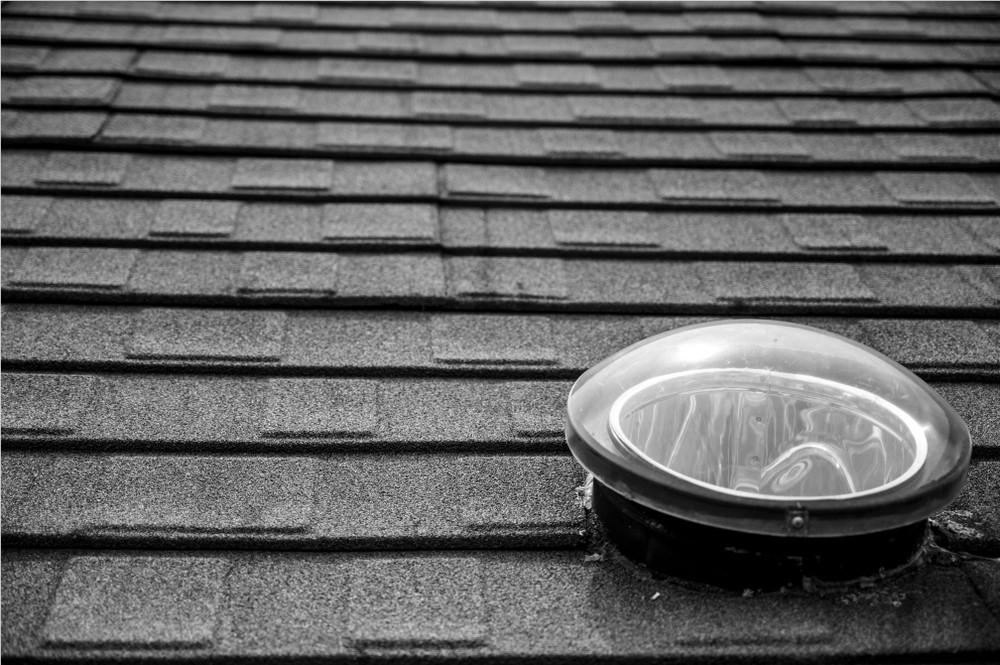Most homeowners know that their home’s roof is ventilated, but not all  understand why it’s there or what is so important about roof ventilation. The simplest explanation is that they let excess heat out that is trapped in your attic, but they do much more than that. A properly functioning roof ventilation system reduces heat in the summertime and moisture levels in the winter. It helps your heating and cooling systems work as efficiently as possible, all of which help prolong the life of your roof.
understand why it’s there or what is so important about roof ventilation. The simplest explanation is that they let excess heat out that is trapped in your attic, but they do much more than that. A properly functioning roof ventilation system reduces heat in the summertime and moisture levels in the winter. It helps your heating and cooling systems work as efficiently as possible, all of which help prolong the life of your roof.
Hot air naturally rises, and vents located at the crest of your roof let that hot air out, but it has to be replaced with cool air from somewhere. In addition to those exhaust vents at the top of your roof, intake vents are necessary to keep the air flowing. The best place for an intake vent is the soffit, commonly made with vented aluminum or vinyl.
The amount of intake and exhaust ventilation in your roof should be about equal, and a good rule of thumb to follow is that for every 150 square feet of attic space, you should have 1 square foot of ventilation.
Some common indicators of inadequate roof ventilation include:· Excessively hot attic space in the summer
· Mold formation
· Ice or frost forming on rafters during winter months
· Condensation forming or water dripping from the tips of roofing nails
If you’re experiencing these problems, you may have a roofing ventilation issue. The best way to get it handled quickly to preserve the life of your roof is to call the experts here at Batterbee Roofing. Our expert technicians can get your ventilation system working as it should, saving you money on heating and cooling costs, and prolonging the life of your roof. Call us today at 352-748-6300 with questions, or to schedule an inspection.
Subscribe to Batterbee Roofing's Blog







Comments